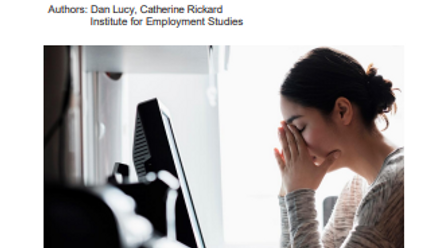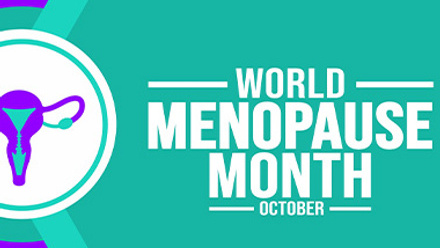How Covid-19 is changing the workplace health insurance landscape

The closest comparison we’ve had to that in the benefits and wellbeing space is the disparity between those with and those without private medical insurance (PMI). Of the approximately 31 million people working in the UK, only 10% of them receive PMI at present.
The “haves” have always been significantly skewed towards certain functions, such as senior management, and certain sectors, such as financial and professional services. And for the majority of the “have nots” the alternative is access only to the NHS.
Now, before I continue, I believe we should be incredibly grateful for an institution that provides free healthcare for all at the point of access. The truth, however, is that the NHS has been pushed to breaking point during the pandemic and, with the national lockdown, access to care was severely compromised.
This has led to many employees not presenting themselves for diagnosis and, worse yet, not being effectively treated for their conditions. In turn, this has led to the big questions being asked by employers, including whether the provision of healthcare to selective, senior groups of employees remains the appropriate policy, or whether it is now time to change the approach and offer cover to all employees.
This is such an important debate for any employer to consider. In the past, offering medical insurance was often considered in the context of return on investment – the ability to reduce the absence and rehabilitation period, thereby mitigating the lost productivity of the employee and justifying the cost.
Often, the more senior the person, the higher the perceived gain and the easier the decision to provide cover. The implications of Covid, and need for people to address their healthcare concerns in a convenient and effective way, has challenged that traditional view and created a paradigm shift in workplace health.
Matching a sense of duty with need and value
Employers are now re-evaluating the basis on which they want to offer PMI to their workforce. Many now feel an increased sense of obligation to provide some form of healthcare to all employees. The question is, whether this new sense of duty matches the need and the value.
Let’s consider the various aspects of the situation:
- There is a likely increase for the need for healthcare of any kind for many employees, who have missed diagnosis and treatment over the last 18 months. This may be a short term issue, but it has highlighted the long-term risk of not having access to any form of care.
- There is now also an awareness of the risk of lack of access to the NHS. With the financial pressures the country (and government) will be under for decades to come as a result of the pandemic, the NHS will face financial pressures beyond those caused by the pandemic.
- Businesses have also faced operational and execution pressures and shortages during the pandemic (and as the result of other pressures, such as Brexit), which have led them to re-evaluate where they need to protect their capabilities and revenue, beyond the boardroom.
Put these three scenarios together and you have a perfect storm for the crossroads moment for companies in deciding whether they should expand their healthcare membership, potentially to all employees.
Wellbeing at the heart of company culture
The scenarios above are all justified on the basis of return on investment. And yet, there is another dimension at play inside the workplace. Company culture is being reshaped at present, with a significant focus on wellbeing and inclusivity.
As a result, many companies are coincidentally (to the impact of the pandemic) looking at the provision of health and other benefits through this lens, without a focus on the bottom line – perhaps instead as a cost of being the “right kind of business”.
Finding a balance
But, with all of that said, what is the right outcome? Historically, there has been one consistent reason why there is a lack of medical insurance provision for lower-earning employees. Namely, that when PMI is offered to these employees, they are significantly more likely to decline the cover when company paid, due to the tax implications. They don’t see that the value of convenient private treatment outweighs the certainty of the tax bill.
And so, companies need to ensure that their workplace healthcare strategy not only reflects the implications of the pandemic on employee health, and the changing cultural landscape, but also the decision-making process of their employees. One-size-fits-all is unlikely to be the answer.
To update the idiom of the Bible, perhaps we need to get to a position where we have the “have somes and the have lots”, with a little bit of “have choice” for good measure.
The author is Matthew Gregson, head of corporate at Howden Employee Benefits & Wellbeing.
This article is provided by Howden Employee Benefits & Wellbeing.
Supplied by REBA Associate Member, Howden Employee Benefits
Howden provides insurance broking, risk management and claims consulting services, globally. We work with clients of all sizes to provide dedicated employee benefits & wellbeing consultancy.







